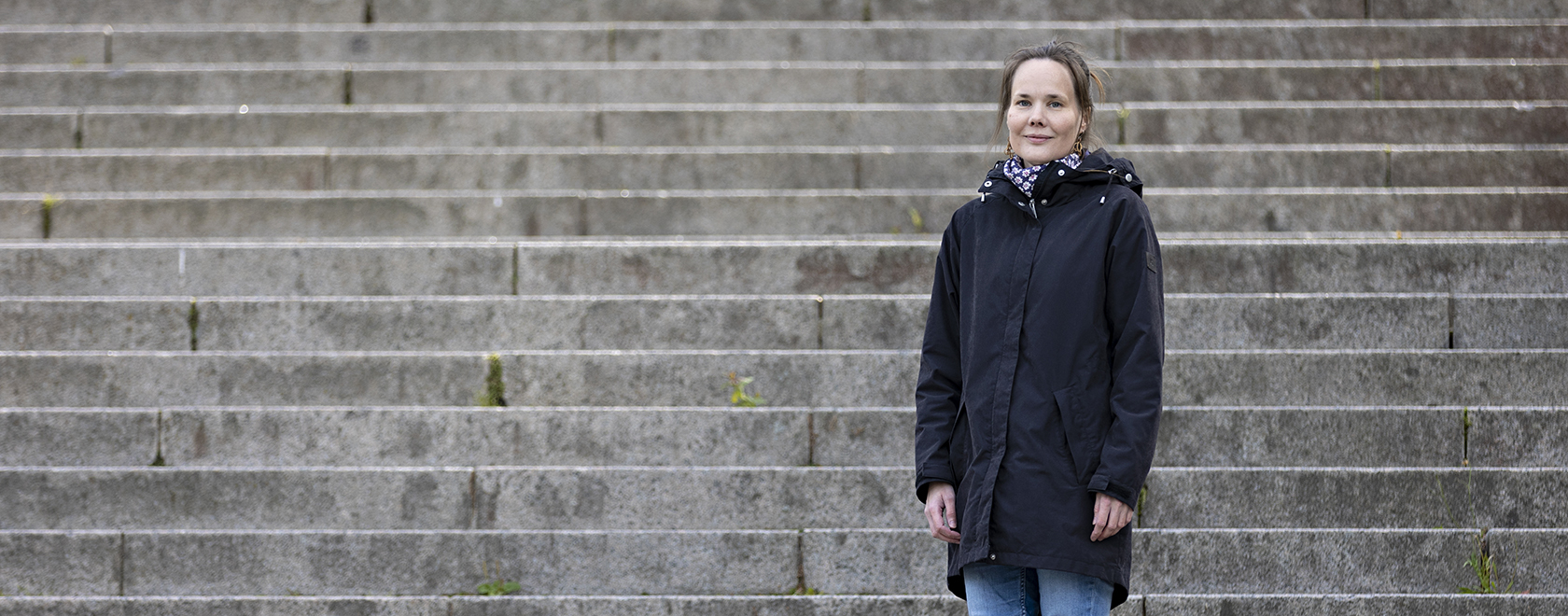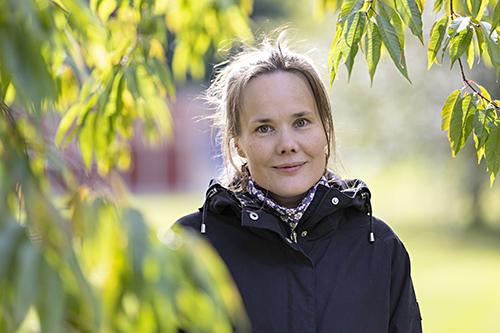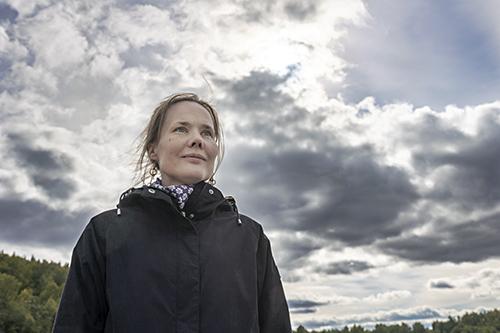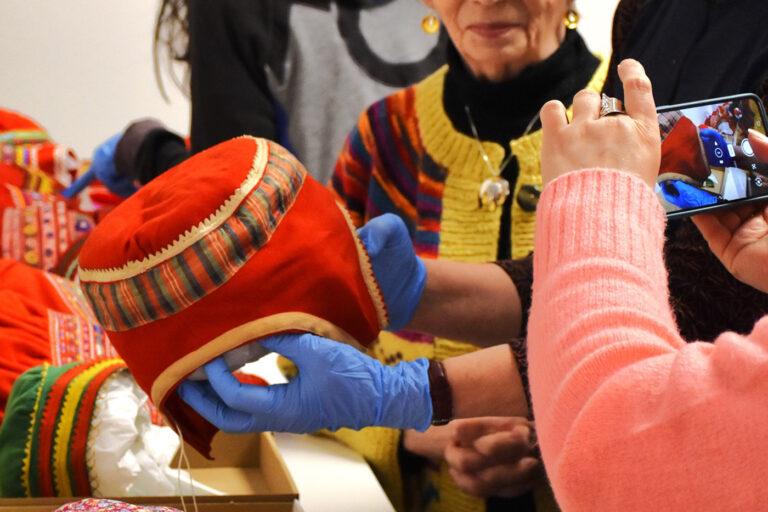Depression is not just one but many illnesses
Whereas for some people depression affects the concentration and might cause thoughts of self-harm, for others it is a paralysing force that leads to difficulties getting out of bed. Depression is a syndrome with many subtypes, explains doctoral researcher Elina Kangas.


Text: Essi Kähkönen
Photography: Kiri Halttunen
Depression is one of Finland’s biggest public health threats. Besides causing suffering and anguish for the persons affected and their friends and family, depression leads to thousands of people each year being disabled out of work.
From time to time, public discourse will wonder at the society’s inability to tackle depression and question whether Finland’s health care system has what it takes to help depression patients.
“Depression is probably not a single, cohesive illness but many different ones.”
“To some extent my doctoral thesis research, which looks at the neurological basis of depression, considers these same issues. Depression is probably not a single, cohesive illness but many different ones, and yet it is often treated as if its sufferers were a homogeneous group with similar symptoms,” says doctoral researcher Elina Kangas from the Department of Psychology at the University of Jyväskylä.
Wide range of symptoms
Let’s imagine we have two research subjects with depression. One has symptoms that could be described as affective and cognitive: lowered self-esteem, unreasonable feelings of guilt, urges to self-harm and difficulty focusing.
The other patient’s symptoms, in contrast, are mostly vegetative: frequent extreme tiredness, actions marked by agitation or, alternatively, sluggishness, and significant changes in appetite.
“What both patients share is the inability to feel pleasure in relation to almost anything, as well as a low, despondent mood.”
The factor that demands attention is the diversity, rather than the similarity of symptoms.
“There are no two identical depression patients or sets of symptoms. The potential symptoms are diverse and their weightings vary among patients,” Kangas explains.
What happens in a depressed person’s brain?
In her thesis research, Kangas is focusing on changes in early information processing faculties among depression sufferers. She is mostly doing this using electroencephalogram (EEG) readings.
Kangas is exploring the brain responses of depressed research subjects to things such as neutral aural and tactile stimuli, as well as to facial expressions denoting various emotions. She compares their results to a control group with no depression.
“These measurements provide valuable data on whether the early information processing faculties of depressed people differ from those of their non-depressed peers.”
“By early information processing I mean the stage of information processing that takes place automatically in our brains, before we become conscious of the stimulus,” Kangas explains.
“EEG allows us to measure electrical activity in the brain’s neurons to an accuracy level of a millisecond, and therefore these measurements provide valuable data on whether the early information processing faculties of depressed people differ from those of their non-depressed peers.”
Encounters with test subjects delayed by Covid
Kangas’s research setting of measuring differences in brain responses between depressed and non-depressed subjects suffered a setback right at the start, due to the Covid-19 pandemic.
“I have to carry out my research in a laboratory and it entails encounters between the researcher and subject. We had to avoid the risk of spreading Covid, so in the meantime I have focused on other aspects of my research. The outcomes of my brain response measurements are not yet ready for publication.”
There has been plenty to work on. Kangas feels it is important to figure out how the various symptom profiles and subtypes of depression could more accurately be classified.
“It would facilitate more individualistic treatment of depressive syndrome, making it possible to tailor medical care and therapy to the patient’s needs.”
Looking for depression biomarkers
According to Kangas, clinical interviews between doctor and patient will continue to be the most essential tool in diagnosing depression.
However, it would be useful to support these diagnoses by finding biomarkers that are typical of depression. A biomarker is any property that can reliably be used to measure and determine an individual’s state of health.
“Biomarkers for depression could be used for distinguishing more accurately between the various subtypes of the illness. Such biomarkers may in the future be found for instance in the brain responses I am researching,” Kangas says.
She emphasises the fact that a lot of basic research is still needed on depression as a many-sided syndrome.
“Basic research is what I am carrying out. The significance of this kind of fundamental work is that it can create a basis for applied research, for example on clinical depression biomarkers and individually tailored treatment models.”
Elina Kangas received a EUR 26,000 grant from the E. J. Längman Fund in 2022 for her doctoral research on the neurological basis of depression.




